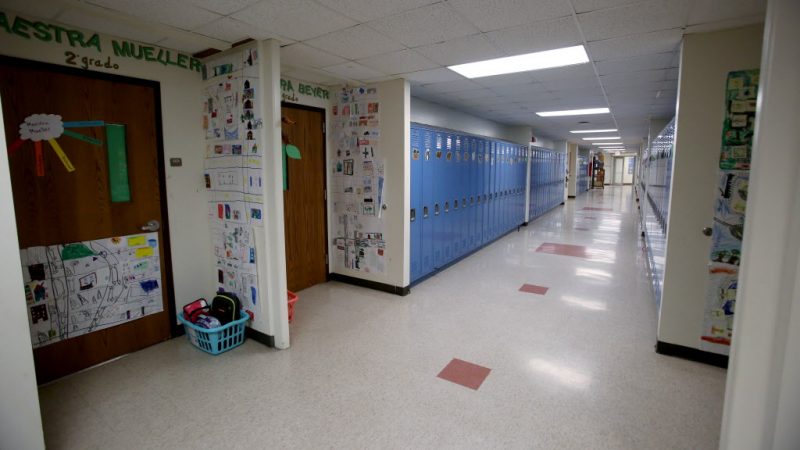The Department of Public Instruction wants more than $1.4 billion in new GPR in the 2021-23 budget to boost school aids, special education funding and support for mental health.
The budget proposal the agency submitted to the Evers administration in September left out its requests for school aids. In a follow-up submission late yesterday, DPI added those key components, along with a series of changes state Superintendent Carolyn Stanford Taylor said were needed to deal with the COVID-19 pandemic.
Stanford Taylor said the proposed boost in funding would restore the state covering two-thirds of public school costs. The state is covering less than 66 percent of public school costs in the 2020-21 school year.
“It magnified many existing inequities in our state and highlighted essential areas where our students and educators need further support,” Stanford Taylor said of the pandemic.
>> WisPolitics is now on the State Affairs network. Get custom keyword notifications, bill tracking and all WisPolitics content. Get the app or access via desktop.
Citing the impact of the COVID-19 pandemic on state finances, Gov. Tony Evers this summer directed most state agencies not to request additional GPR-funded expenditures in the 2021-23 budget. At the same time, he vowed to continue investing in priorities, including education, health care and infrastructure.
The bulk of the new money is an additional $844 million for equalization aids, which are distributed according to a formula based on the property values in a district. The proposal represents a 7.3 percent increase in the first year of the budget and a 2.5 percent increase in the second year.
DPI is also seeking $108.4 million more for per-pupil aids, which are distributed evenly to school districts, regardless of property values. The proposal, though, would add $150 for each student in poverty.
DPI is also seeking a $371 million boost for special education and another $46.5 million in mental health and wellness aid.
DPI last month reported public school enrollment had dropped 3 percent between September 2019 and September 2020, compared to a 0.4 percent decrease in the previous 12-month period. The COVID-19 pandemic has been one factor cited for the larger drop.
The new proposals include several provisions to address impacts from the COVID-19 pandemic, including:
*allowing districts to use their 2020 or 2019 enrollments — whichever is greater — in their calculations for state aid;
*allowing districts to count their students in 4K as full-time equivalents for their enrollment counts. Now, they’re counted as 0.5 or 0.6 FTEs depending on the hours of instruction they receive.
*limiting how much state aid a district can lose due to declining enrollments.
The DPI budget also calls for annual increases to the per-pupil revenue limit to account for inflation going forward. The limit serves as a cap on how much a district can spend per student between state aid and property taxes. The DPI budget calls for increasing that by $150 per student in fiscal year 2022. Beginning in 2023, the revenue limit would go up each year based on the consumer price index, and the agency estimates it would amount to a per-pupil adjustment of $15.25 in fiscal year 2023.
See the release:
https://dpi.wi.gov/news/releases/2020/stanford-taylor-dpi-biennial-budget-request


